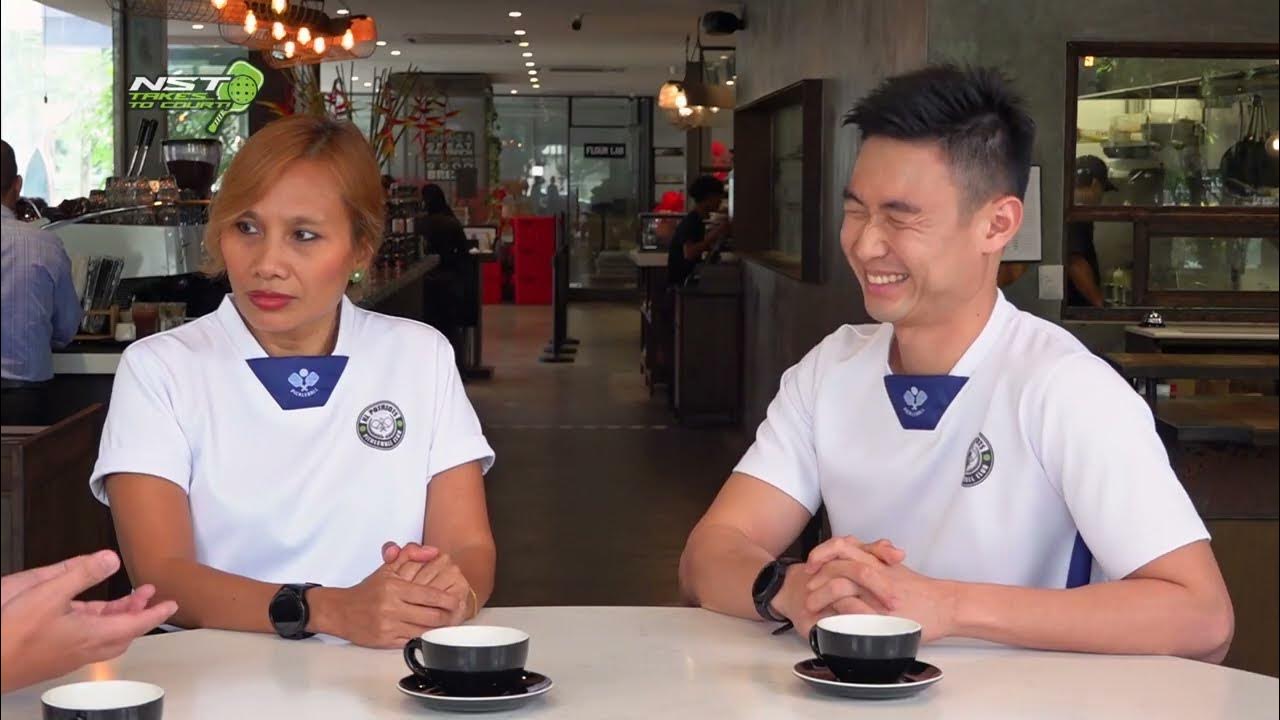Pickleball Rules | The Definitive Beginner's Resource to How to Play Pickleball
Summary
TLDRPickleball, the rapidly growing sport in the U.S., is easy to learn and played on a 44x20-foot court with a low net dividing it into two sides. The game starts with an underhand serve, and the ball must bounce once on each side before volleying is allowed, following the 'double bounce rule'. The 'kitchen', or non-volley zone, restricts players from hitting the ball before it bounces. This engaging sport combines strategy and fun, with scoring details available at www.playpickleball.com.
Takeaways
- 🏓 Pickleball is the fastest growing sport in the United States due to its easy learning curve.
- 🎾 The game is played on a 44-foot by 20-foot rectangular court with a low net dividing the two sides.
- 📏 The court features two sidelines, two baselines, center lines, and non-volley lines creating 'kitchen' zones.
- 🔄 The center line divides each side into two service courts: left and right service courts.
- 🤚 Every point in pickleball begins with an underhand serve from behind the baseline, crossing over to the opponent's service court.
- 🚫 The serve must clear the net and not land in the kitchen area.
- 🔄 The 'double bounce rule' requires the ball to bounce once on each side before volleying is allowed.
- 🔄 Teams must let the ball bounce once on their side before returning the serve and after the serve has bounced on the opponent's side.
- 🏋️♂️ Players are not allowed to hit the ball while standing in the kitchen unless it has already bounced on their side.
- 🏆 The game continues with volleys or bounces until a fault occurs, such as hitting the net, going out of bounds, or a double bounce on one side.
- 📚 For more information on pickleball scoring, visit www.playpickleball.com to watch the scoring video.
Q & A
What is the fastest growing sport in the United States according to the transcript?
-Pickleball is the fastest growing sport in the United States.
What is unique about the court size for pickleball?
-The pickleball court is rectangular, measuring 44 feet by 20 feet.
How is the pickleball court divided?
-The court is divided into two sides by a low net, with sidelines, baselines, center lines, and two non-volley lines creating two non-volley zones known as the kitchen.
What are the two service courts on each side of the court called?
-The two service courts are called the left service court and the right service court.
How is the serve performed in pickleball?
-The serve must be hit underhand, from behind the baseline, cross-court into the opposing team's service court, and must clear the net without landing in the kitchen.
What is the double bounce rule in pickleball?
-The double bounce rule states that the ball must bounce once on each side before either team may start volleying the ball in the air.
What happens after the ball has bounced on both sides in a pickleball match?
-After the ball has bounced on both sides, either team may volley the ball into the air or let it bounce once more before striking it.
What is the non-volley zone in pickleball known as?
-The non-volley zone is affectionately called the kitchen.
What is not allowed when a player is standing in the kitchen?
-Players may not hit the ball while standing in the kitchen unless the ball has already bounced on their side.
What should a player do if they want to learn about pickleball scoring?
-To learn about pickleball scoring, a player should visit www.playpickleball.com and view the pickleball scoring video.
What is the purpose of the video mentioned in the transcript?
-The purpose of the video is to provide knowledge needed to play the first game of pickleball and to introduce the basic rules and gameplay.
Outlines

This section is available to paid users only. Please upgrade to access this part.
Upgrade NowMindmap

This section is available to paid users only. Please upgrade to access this part.
Upgrade NowKeywords

This section is available to paid users only. Please upgrade to access this part.
Upgrade NowHighlights

This section is available to paid users only. Please upgrade to access this part.
Upgrade NowTranscripts

This section is available to paid users only. Please upgrade to access this part.
Upgrade NowBrowse More Related Video

Building the Pickleball Community in Belgium with Kassandra Bourgeois 🇧🇪 | Future of Pickleball

What Is Pickleball And Why Is It Taking Over America?

Pickleball Rec Rule Clarifications & What You Can Do to Prevent Injuries 👓 | Pickleball Connection

NST Takes ... to Court EP01 - Cik Manggis and Renyi Chin

The Reason WHY Pickleball Is Blowing UP 🤯 | Future of Pickleball

The Origins of Pickleball: How It All Began
5.0 / 5 (0 votes)